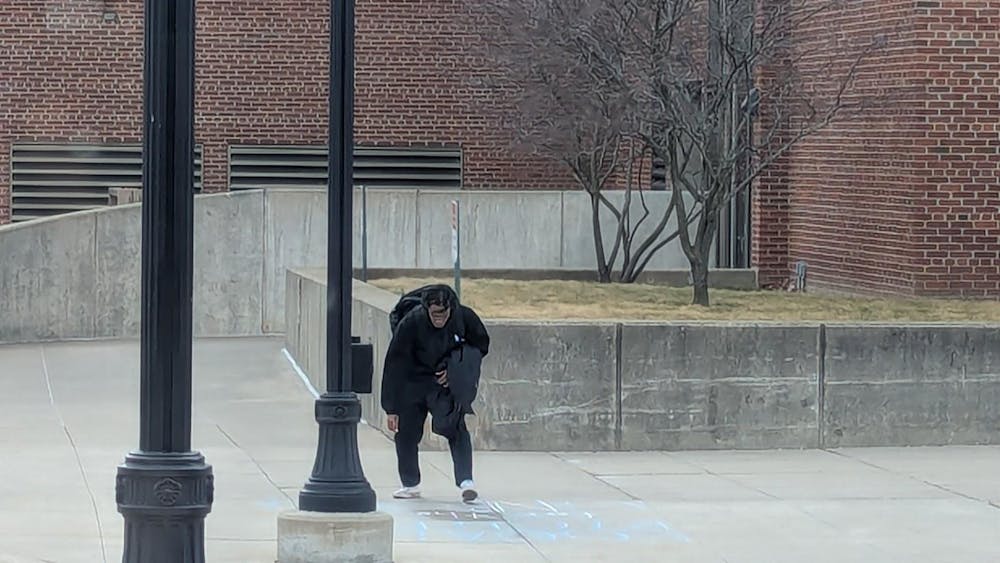Halloween is a time for expressing yourself, dressing up and having fun. This year, many college students aren’t shying away from wearing costumes that will get their peers talking. But because of this, colleges have something new to be concerned about.
The University of Colorado-Boulder has recently started a new campaign on their campus banning their students from wearing any culturally insensitive costumes, and many other universities are following suit.
Culturally insensitive can mean anything from wearing a Native American costume to wearing blackface.
Blackface is an offensive and overexaggerated depiction of an African American by a non-African American in which they paint their face black. This has also been done as “yellowface” or “brownface” to represent other ethnic stereotypes.
According to NPR, blackface debuted in 19th century minstrel shows, which featured white actors playing black slaves in a racist fashion. Blackface has been considered off-limits for a while now, but this has not stopped some people from bringing it back.
Recently within the blogosphere, a picture has surfaced showing two partygoers depicting Trayvon Martin and George Zimmerman. The “Trayvon” costume was done in blackface featuring fake blood. This picture not only crossed the line, but sparked a debate about what should be allowed on Halloween.
According to a 2012 Huffington Post article titled “Latino Students Protest At Penn State, After Racist Sorority Picture Stirs Controversy,” a similar incident occurred when a sorority got in trouble for pictures of them having a Mexican-themed party. The pictures featured the sorority sisters dressed in sombreros and stereotypical garb and carrying offensive signs with phrases such as “I don’t cut grass, I smoke it.”
All of these incidents occurred this year, which shows that Americans are still conflicted about what can be construed as culturally insensitive. While there is some debate on whether it is right for universities to ban students from wearing certain things, many students still agree that a line must be drawn somewhere.
When asked how she felt about the recently surfaced “Blackface Trayvon” costume, Iesha Wade, a Japanese major and senior at EMU gave her thoughts about the image.
“Blackface is a slippery slope,” Wade said. “The blackface Trayvon was obviously racist because it was painted black, not brown, and it didn’t even try to accurately depict anyone.”
For cultural stereotype depictions other than blacface, there is no mutual agreement about where the line should be drawn yet. Is it okay to dress as a Japanese geisha as long as it’s historically accurate? Or is wearing or depicting anything outside one’s culture considered going too far?
Schools like University of Minnesota-Twin Cities have had similar costume complaints to that of University of Colorado.
According to an article on HuffPost College, UMTC Student Body President Mike Schmidt draws the lines differently, telling the Minnesota Star-Tribune that “Cowboys, for instance – totally fine. Indians – not totally fine.”









